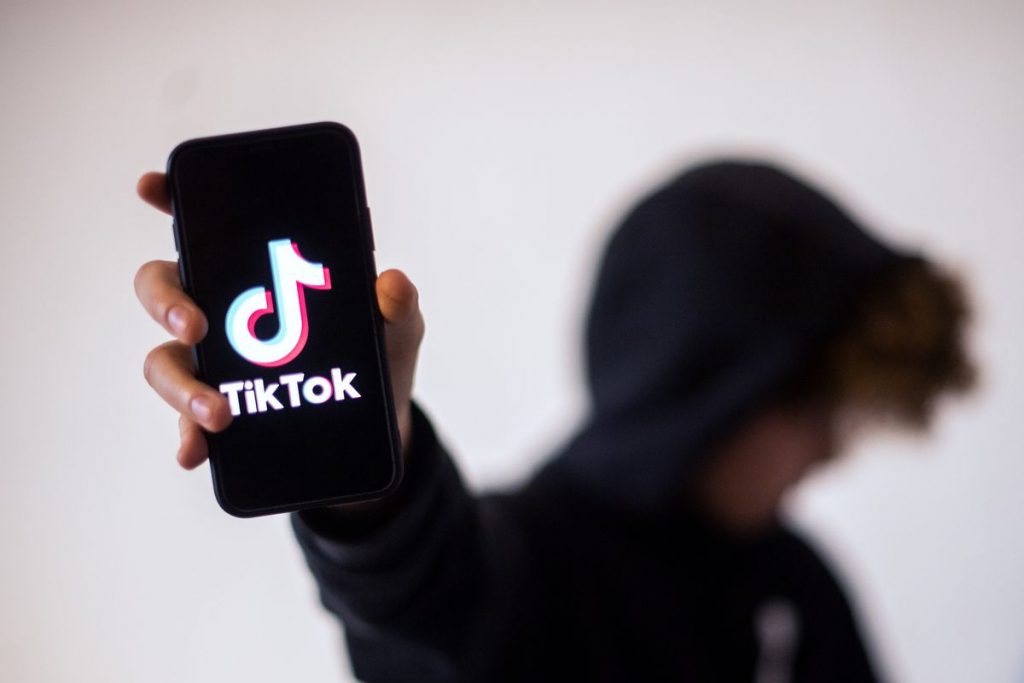The Psychology of TikTok Followers – What Makes Them Hit That Follow Button?
The seemingly simple act of hitting the follow button on TikTok is driven by a complex interplay of psychological factors. At its core, the desire for connection fuels this decision. TikTok fosters a sense of community, allowing users to discover and connect with others who share their interests. Whether it is a passion for skateboarding or a niche love of vintage fashion, finding content creators who speak their language resonates with a deep human need for belonging. This feeling of connection is further amplified by the platform’s algorithm, which tailors content recommendations to individual users, creating a personalized feed that feels curated just for them. Psychology also plays a role in the addictive nature of TikTok’s short-form videos. The rapid-fire format triggers the brain’s reward system. Each engaging video, funny skit, or informative life hack delivers a small hit of dopamine, a neurotransmitter associated with pleasure and motivation. This positive reinforcement keeps users coming back for more, hoping to recapture that feeling with the next scroll. The unpredictable nature of the For You page adds another layer of intrigue.

Unlike timeline-based social media feeds, users never quite know what they will encounter next, creating a sense of anticipation that fuels engagement. The power of storytelling is another key factor influencing who gets followed. Compelling narratives, even if condensed into a 60-second video, can forge a powerful connection with viewers. Creators who share relatable experiences, offer solutions to everyday problems, or simply make users laugh are more likely to earn a follow. This taps into our inherent desire to feel understood and to be part of something bigger than ourselves. Authenticity also plays a significant role. Users are drawn to creators who feel genuine, relatable, and down-to-earth. The carefully curated perfection often associated with other social media platforms is less prevalent on TikTok. Imperfections and humor are often embraced, creating a more human connection with viewers. Beyond connection and entertainment, validation also plays a part in the psychology of TikTok followers. Liking and following content creators acts as a form of social approval.
Seeing a high follower count or a surge of likes on a video can trigger a sense of validation, especially for young users who are still forming their identities to buy tiktok followers cheap. This desire for social validation can fuel a cycle of content creation and following, as users chase the positive reinforcement that comes with online popularity. However, the psychology of TikTok followers is not without its downsides. The constant stream of perfectly curated content, often showcasing unrealistic beauty standards or extraordinary lifestyles, can contribute to feelings of inadequacy and social comparison. The fear of missing out FOMO can also be a factor, as users worry they might miss the latest trend or viral challenge if they are not constantly following the right accounts. In conclusion, understanding the psychology behind TikTok followers is crucial for creators and users alike. By recognizing the forces that drive us to follow others, we can make more informed choices about who we engage with and the content we consume. Ultimately, TikTok can be a powerful tool for connection, entertainment, and even learning.
